This high-mobility film shows unprecedented potential.
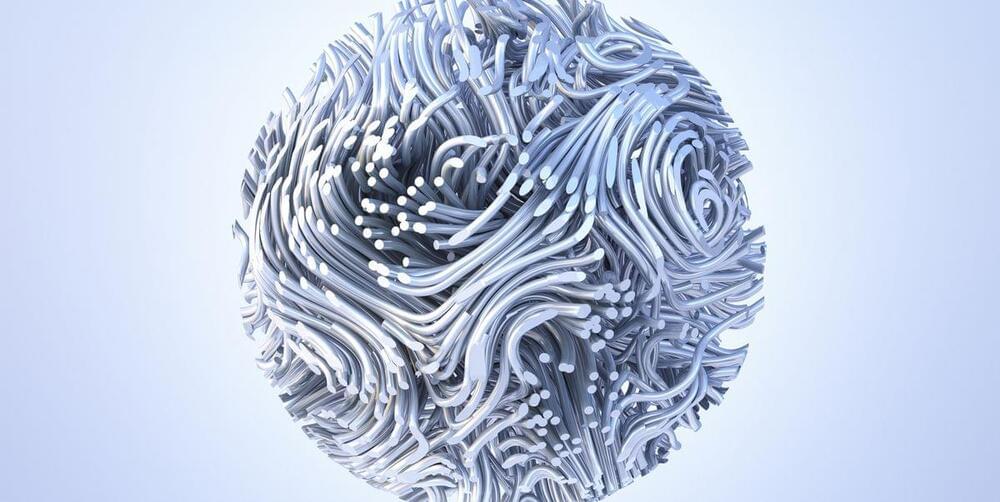

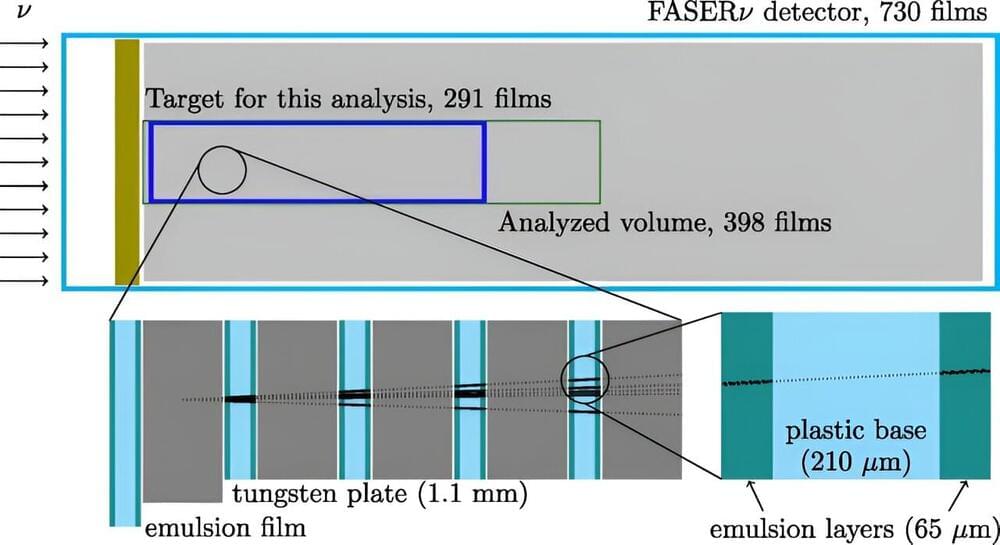
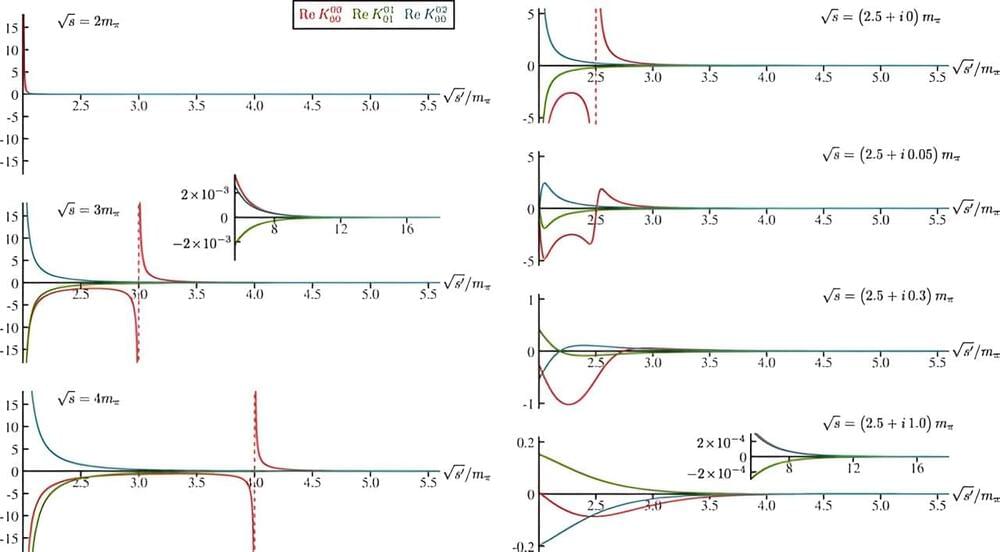
While nuclear physicists know the strong interaction is what holds together the particles at the heart of matter, we still have a lot to learn about this fundamental force. Results published earlier this year in Physical Review D by three researchers in the Center for Theoretical and Computational Physics at the U.S. Department of Energy’s Thomas Jefferson National Accelerator Facility bring us closer to understanding an important piece of the strong interaction puzzle.

At the very smallest scales, our intuitive view of reality no longer applies. It’s almost as if physics is fundamentally indecisive, a truth that gets harder to ignore as we zoom in on the particles that pixelate our Univerrse.
In order to better understand it, physicists had to devise an entirely new framework to place it in, one based on probability over certainty. This is quantum theory, and it describes all sorts of phenomena, from entanglement to superposition.
Yet in spite of a century of experiments showing just how useful quantum theory is at explaining what we see, it’s hard to shake our ‘classical’ view of the Universe’s building blocks as reliable fixtures in time and space. Even Einstein was forced to ask his fellow physicist, “Do you really believe the Moon is not there when you are not looking at it?”
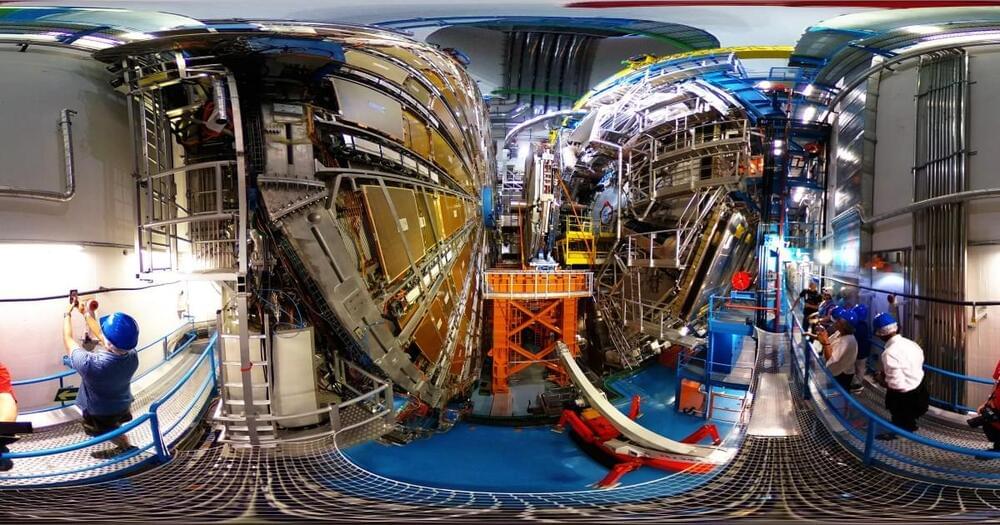

In the world of physics, the idea of particles moving faster than light has always been a bit of a wild card. These particles, known as tachyons, have stirred up debates and skepticism.
However, a recent study published in Physical Review D has shaken up our understanding of these enigmatic particles.
For a long time, tachyons were considered more of a theoretical oddity than a scientific possibility. They seemed to conflict with the special theory of relativity, which has been a cornerstone of modern physics.
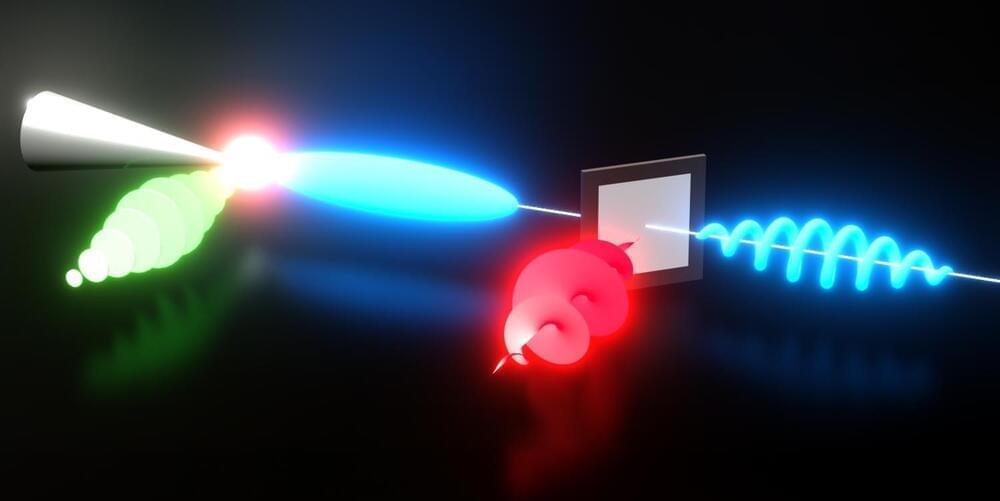
Physicists at the University of Konstanz have discovered a way to imprint a previously unseen geometrical form of chirality onto electrons using laser light, creating chiral coils of mass and charge.
This breakthrough in manipulating electron chirality has vast implications for quantum optics, particle physics, and electron microscopy, paving the way for new scientific explorations and technological innovations.
Understanding Chirality and Its Implications.
Dive into the world of tachyons, the elusive particles that might travel faster than light and hold the key to understanding dark matter and the universe’s expansion. Join us as we explore groundbreaking research that challenges our deepest physics laws and hints at a universe far stranger than we ever imagined. Don’t miss out on this thrilling cosmic journey!
Chapters:
00:00 Introduction.
00:39 Racing Beyond Light.
03:26 The Tachyon Universe Model.
05:57 Beyond Cosmology: Tachyons’ Broader Impact.
08:31 Outro.
08:44 Enjoy.
Visit our website for up-to-the-minute updates:
www.nasaspacenews.com.
Follow us.
Facebook: / nasaspacenews.
Twitter: / spacenewsnasa.
Join this channel to get access to these perks:
/ @nasaspacenewsagency.
#NSN #NASA #Astronomy#tachyons #fasterthanlight #darkmatter #universesecrets #cosmicacceleration #theoreticalphysics #Einsteintheory #supernovae #spacemysteries #cosmology #particlephysics #lightspeed #universeexpansion #sciencebreakthroughs #physicsexplained #futuretechnologies #spaceexploration #cosmos #astrophysics #modernphysics #sciencerevolution #relativitytheory #speedoflight #spacetime #universetheory #quantumphysics #energyphysics #newscience #cosmicphenomena #physicsresearch

Particle accelerators are pricey, but their cost comes with good reason: These one-of-a-kind, state-of-the-art machines are intricately designed and constructed to help us solve mysteries about what makes up our universe. Still, the scientists and engineers building these machines must do their best to save where they can. Researchers at the U.S. Department of Energy’s Thomas Jefferson National Accelerator Facility are supporting this mission by figuring out how to optimize cavities, one of the most critical parts of an accelerator.

New research confirms the Standard Model’s predictions about the Higgs boson while suggesting future data may reveal unknown aspects of particle physics.
The Higgs boson was discovered in the detectors of the Large Hadron Collider a dozen or so years ago. It has proved to be a particle so difficult to produce and observe that, despite the passage of time, its properties are still not known with satisfactory accuracy. Now we know a little more about its origin, thanks to the just-published achievement of an international group of theoretical physicists with the participation of the Institute of Nuclear Physics of the Polish Academy of Sciences.
Higgs Boson Discovery